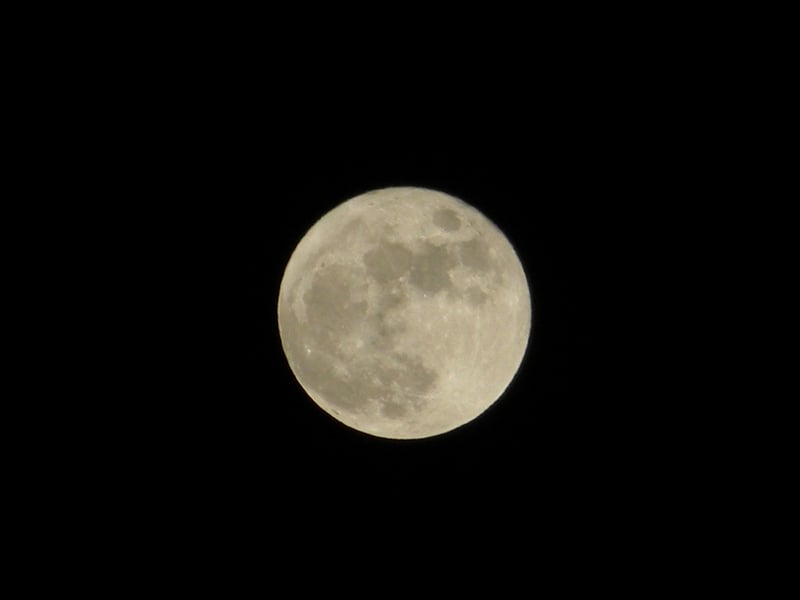Ceres
The Study of Rocky Fragments on Ceres

When it comes to understanding the composition of celestial bodies like asteroids, the study of rocky fragments on Ceres, the largest object in the asteroid belt between Mars and Jupiter, has provided valuable insights into the formation and evolution of these rocky bodies.
What are Rocky Fragments?
Rocky fragments are pieces of rock or mineral that have broken off from larger celestial bodies such as asteroids or planets. These fragments can provide scientists with information about the interior composition, structure, and history of the parent body.
The Importance of Studying Rocky Fragments on Ceres
Ceres is a dwarf planet and the largest object in the asteroid belt. It is believed to contain a significant amount of water in the form of ice beneath its surface. By studying rocky fragments on Ceres, scientists can learn more about the geological processes that have shaped the dwarf planet and the composition of its interior.
Research Findings
- Scientists have discovered various types of minerals in rocky fragments on Ceres, including clays and carbonates, which indicate the presence of water-rich materials.
- Analysis of these rocky fragments has revealed evidence of past geological activity on Ceres, such as cryovolcanism, which involves the eruption of icy materials instead of molten rock.
- Studying rocky fragments on Ceres has also provided insights into the potential for microbial life to exist on the dwarf planet, given the presence of water and organic compounds.
Future Research Directions
Future missions to Ceres, such as the proposed Ceres Sample Return mission, aim to collect samples of rocky fragments from the surface of the dwarf planet and return them to Earth for detailed analysis. These samples could help scientists unravel the mysteries of Ceres's geological history and shed light on the potential for life beyond Earth.
Overall, the study of rocky fragments on Ceres continues to be a fascinating area of research that offers valuable insights into the nature of celestial bodies in our solar system and the possibility of habitable environments beyond our planet.
